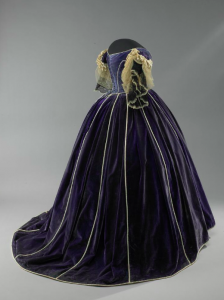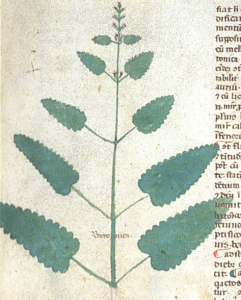Header Image: Detail of Pieter Bruegel the Elder, “The Fight Between Carnival and Lent” (1559). Kunsthistorisches Museum, Vienna.
I’m delighted to host this round of the History Carnival—maybe not quite as riotous as the Bruegel picture above, but just as full of interesting things to explore, from historiography, to faith, to labour, the body, and unusual uses for a beetroot.

Approaching the Past
Beyoncé’s recently released visual album, Lemonade, has sparked a lot of discussion. Lakisha Michelle Simmons explores how it critiques histories of the United States that omit black women, and the historical significance of filming Lemonade on the site of a former slave plantation in Louisiana.
Jerry Bannister reflected on a conference on Canadian history which he attended, and the benefits and pitfalls of national and transnational approaches to history. Is there a risk of “pouring old American and British wine into new theoretical bottles”?
Daina Berry explored the new TV series Underground, which follows the story of a group of enslaved people who made a daring escape from a plantation in Georgia in the 1850s. Can a show like this further a public conversation about slavery and its complexities? In a similar vein, Ken Owen tackles current Broadway hit Hamilton, and asks if a catchy tune makes hagiography acceptable.
Meanwhile, Laura Sangha kicked off a series of blog posts on periodisation in history, (use this tag to find the whole series) which explore how and why we chop history up into digestible chunks, and what consequences this has for how we think of the past.
![Two Jewish men from 19th century Thessaloniki, Greece. [Source]](https://yvonneseale.org/wp-content/uploads/2016/05/ReligieuxJuifsThessaloniquefin19e-189x300.jpg)
The Portuguese convent of Nossa Senhora do Bom Successo, despite its name and location, is the oldest surviving house of Irish Dominican sisters in the world. Bronagh McShane explores its long history and wonderfully preserved cloister complex.
In 1917, a fire rampaged through the Greek city of Thessaloniki, destroying its Jewish quarter. Joseph Leidy explores the responses of the diasporic Jewish community to the catastrophe, and argues that the ensuing debate shows “Salonica’s Jewish community at a critical juncture in its incorporation into the Greek nation-state.”
Nancy Mavroudi argues that the women of the Hospitaller Order were not “merely” nuns, but active participants in the life of their religious order—a much needed corrective to the characterisation of the Knights Hospitaller as solely male because it was a military order.
Digging Into the Archives
Sarah Bond works out some facts and figures of the pre-modern book trade—would you pay the equivalent of a day’s wages for a single page?
Leaving a book or notepad unattended near a small child is just asking for it to be scribbled on—and things weren’t much different in the Victorian era. Alun Withey blogs about some charming children’s doodles which he came across in a set of notes on medical lectures.
Emily Suzanne Clark asks about favourite primary sources to help teach the history of religion in the U.S.—do you have favourite images, documents, databases or archives to add to the list?

And over at “Not Even Past”, Chukwuemeka Agbo examines archival material linked to the burial of writer Amos Tutuola Odegbami and what it tells us about Yoruba culture and Christianity in post-colonial Nigeria.
Enterprising Women
History is full of examples of women who worked at jobs that aren’t thought of as traditionally female. Case in point, “the indomitable Catherine Murdoch” who served as keeper of the lighthouse at Rondout, NY, for half a century.
The Smithsonian’s blog shares the story of Elizabeth Keckley, a nineteenth-century African-American entrepreneur whose career “gives us a rare glimpse into the entwined histories of African American business, religion, and philanthropy.”
Over at Dianne Hall’s blog, we get a look at some of the ordinary women who did extraordinary things during the Easter Rising of 1916 in Ireland.
Kim Dramer looks back at the Triangle Shirtwaist Factory Fire of 1911 and the 146 people—mostly female garment workers—who lost their lives in it, and asks how this tragedy can still be a catalyst for labour rights activism, a century later.
More Than a Spoonful of Sugar Needed

Worried that you might have the pox? Never fear, the Early Modern Medicine blog can help you out. I just hope you have some beetle fat handy. If that seems like too lightweight a treatment, the Hoxsie blog looks at some nineteenth-century New York advertisements promising cures for all kinds of venereal diseases, using only the finest of mercury.
The chances of getting a venereal disease from a beetroot are almost non-existent, but I still wouldn’t advice the course of action adopted by this young man as an, ahem, “cure for piles” in 1840s Virginia.
And if those posts leave you feeling a little queasy, you can always try an Anglo-Saxon detox diet.
Keep an eye out over at the History Carnival site for the next monthly showcase! You can nominate new historically focused blog posts using this form.
